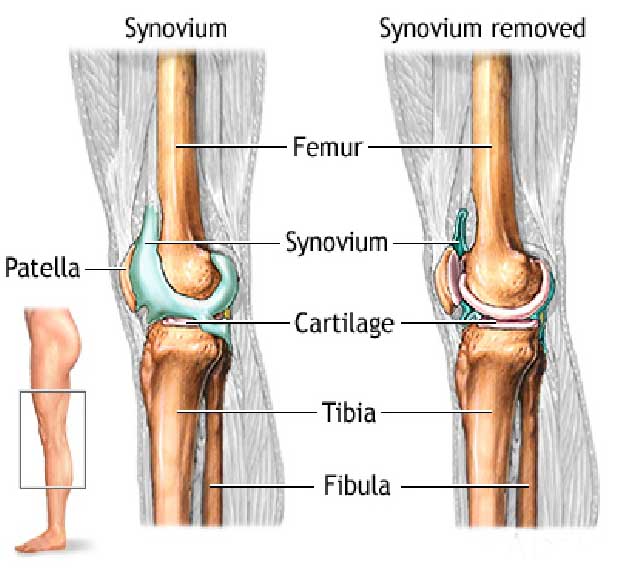Chapter – 13
Bones and Joints Health
I don’t deserve this award, but I have arthritis and I don’t deserve that.
-Jack Benny Comedian
Bones and joints work together to keep us mobile. It is important to care of our bones and joints to maintain their flexibility and range of motion and prevent fractures. The best way to do this is to be physically active.
Osteoporosis (thinning of the bones) and osteoarthritis (degeneration of joint) are two of the most common and debilitating conditions among the older people.
Osteoporosis
Osteoporosis means “porous bone”. It is a disorder in which bone mass is decreased, causing the bones to become fragile and leading to fracture. People with osteoporosis most often break bones in the spine, hip and wrist. It affects both male and female over the age of 50. It is more common in women.
Osteoporosis is often called a “silent” disease because bone loss occurs without symptoms, although some people may notice that they are shorter than they used to be. Their posture is somewhat stooped, or their shoulders are rounded (because the bones in their spine have weakened). People often don’t know they have osteoporosis until their bones become so weak that a sudden strain, bump or fall causes a fracture (breaking of the bone).
Risk Factors
Some people who develop osteoporosis have no known risk factors but most do.
They are:
- Being female – 70% of osteoporosis people are women.
- Being older – 50 years
- Having family history.
- Being thin – low Body Mass Index
- Low lifetime intake of calcium and vitamin – D.
- Being inactive.
- Smoking
- Alcohol use
- Certain medicines can cause bone loss – like steroids.
- Ethnicity – Asian and white women.
Prevention:
To reach your best possible peak bone density and keep your bones strong as you age, adopt the following life style measures:
Eat a well-balanced diet rich in calcium and Vitamin –D. Good sources of calcium include dairy products, dark green leafy vegetables, fish with bones, tofu, and almonds and food fortified with calcium.
Vitamin D playsan important part role by helping body absorb calcium. Your skin makes Vitamin D, when exposed to sunlight. If you are not exposed to enough sunlight take Vitamin D supplement. Adults age 50 or older should take 800 – 1000 units of Vitamin D daily.
Be physically active (See Chapter on fitness)
Like muscles, bone is a living tissue that responds to exercise by becoming stronger. Weight bearing exercise that forces the bones to work against gravity are the best – walking, running, hiking, stair climbing, skipping role, dancing and sports involving running.
Avoid Smoking and Alcohol.
To prevent falls.
- Use a cane or walker for stability if needed.
- Wear rubber – soled shoes for traction.
- Make your rooms free of clutter.
- Use grab bars on bath room walls near the tub, shower and toilet.
- Keep the bed room and bath room lit at night.
- Keep a flash light handy.
- Get your eyes checked regularly.
Medications to prevent osteoporosis
A number of medications are available for both preventing and treating osteoporosis. If you are at high-risk, get a bone-density test done (for osteoporosis) and see your doctor.
Osteoarthritis (Joint Disease)
The term “arthritis” means inflammation of a joint. There are several forms of arthritis. Osteoarthritis is also known as degenerative joint disease. Osteoarthritis is the wear-and-tear form of arthritis that develops when the surface layer of cartilage (the slick tissue that covers the ends of bones where they meet to form joint) breaks down and wears away. Healthy cartilage allows bones to glide easily over one another. Cartilage also absorbs the shock of physical movement. When cartilage degenerates, the bones underneath it start to rub together, causing pain, swelling and loss of movement in the joint. Over time, the joint may become misshapen. Bits of bone or cartilage can break off and float inside the joint space, causing even more pain and damage.
The most common symptoms of osteoarthritis include joint pain and stiffness. The joints most often affected are those near the tips of the fingers, the thumb, neck, knees, lower spine and hips.
Risk Factors
Doctors believe that osteoarthritis is the results of many inter related factors including wear and tear on the joints over time, joint injury, and inherited factors. Followings are the most common risk factors for osteoarthritis:
- Obesity
Excess weight puts added stress on the joints. Every one kilogram increase in weight increases the risk of arthritis by about 10%.
- On-the job overuse
Repetitive, forceful, or prolonged exertion of joints – heavy lifting, pushing, pulling, carrying heavy objects, and jobs requiring keeling and squatting.
- Sport injuries – football, soccer, baseball.
- Hereditary
There is more than one gene linked to an increased risk for osteoarthritis.
- Age – older people, over 60.
- Weak muscles
Doctors believe that the muscle weakness comes first and contributes to the development of osteoarthritis.
- Bone deformities – from birth
Prevention:
- Keep your weight down.
A healthy weight will lower the risk as well as slow down the progression of osteoarthritis.
- Perform Strength – training exercises
Strengthening your thigh muscles can reduce your risk of developing osteoarthritis of your knees.
- Work smart
Many cases of osteoarthritis result from work activities – especially heavy lifting and kneeling. When you lift heavy objects, bend your knees and use your legs instead of your back to bring the load up.
Osteoarthritis is a leading cause of disability around the world. By making life – style changes – maintaining normal body weight, muscle training exercises and properly lifting of weight and avoiding sport injuries, the incidence of osteoarthritis can be reduced.
Saheb Sahu, M.D., F.A.A.P., MPH.




